Greek fruits are fruits that are widely cultivated and enjoyed in Greece. Many fruits are established options that date back to ancient Greeks, while others are relatively more recent arrivals.
Whether ancient or new, Greek fruits all play a fundamental role in shaping and improving local cuisine. In Greece, people have many ingenious ways of enjoying seasonal fruits, from eating them fresh to preparing them into tasty food and drink offerings.
Olives and citrus fruits are among the most well-known choices in Greece, but continue reading, and you will see that there are up to 14 Greek fruits worthy of your attention. This section will be followed by an overview of Greek fruits’ characteristics.
Next, I will delve into Greek dishes and beverages made with these fruits. Lastly, I will offer extra information regarding popular vegetables in Greece.
14 Wonderful Greek Fruits with Filters
Here are 14 amazing fruits that you can easily find in Greece, ranging from native to non-native and exotic varieties. Some of these fruits are perfect for culinary creations, from tasty dishes to refreshing beverages, and they can even be used as delightful garnishes.
Orange
- For Beverages
- For Garnish
- Non-Native
Orange is a famous citrus fruit in Greece. Thriving in warm, subtropical environments, it is a perfect crop for the local climate.
Round or elliptical in shape, oranges boast a vibrant orange peel and juicy, sweet segments inside. The fruits can be eaten raw or juiced, while the aromatic rind has many applications in cooking and baking.
Sweet oranges are hybrids between pomelo and mandarin; the latter is also a well-liked fruit in Greece.
Olive
- For Dishes
- National
- Native
Olive is an iconic drupe fruit in Greece and throughout the Mediterranean. It has been cultivated since ancient times; some olive trees in Greece are even between 2,000 and 4,000 years old.
Fresh olives are small, oval-shaped, and bitter, ranging from green to dark purple in color. They are mainly pickled and cured or processed into olive oil.
Depending on the applications, most olives are classified into two categories: table olives (ideal for pickling and curing) and oil olives (best for making olive oils). Some varieties fit both classifications.
Well-known Greek olive varieties include Kalamata, Halkidiki, Amfissa, and Throumba olives. Their harvest season typically ranges from autumn to early winter.
Olive oil is a must-have ingredient for many Greek recipes, especially bread, salads, dips, and many other savory dishes.
Watermelon
- For Dishes
- For Garnish
- Native
Watermelon is a beloved berry fruit in Greece, especially during summer. Evidence suggests that it has been popular with Greeks for thousands of years, since at least the ancient Roman times.
The large, green-striped exterior and juicy, sweet pink or red flesh with black seeds are the characteristics of watermelons. This hydrating fruit flourishes in warm climates and is a popular option for cooling down in summer.
In the past, ancient people placed watermelons in the burial tombs of kings to nourish them in the afterlife. Nowadays, anyone can cut a watermelon into slices to eat fresh, garnish salads and desserts, make smoothies and juices, or even prepare grilled dishes.
Fig
- For Dishes
- For Garnish
- Native
Fig is a traditional fruit with a long history in Greece. Native to the Mediterranean and Western Asia, it is classified as a multiple fruit, meaning that a fig is actually a group of inverted flowers growing together in a single pod.
Since each flower eventually produces a tiny seed, a typical fig can contain hundreds or thousands of crunchy edible seeds. In addition, each fig has a pear-like shape and reddish flesh with a unique honey-like sweetness.
Figs can be enjoyed fresh, dried, or turned into cakes and salads. To try the best figs in Greece, I suggest coming to the city of Kalamata and the island of Evia.
Peach
- For Dishes
- For Garnish
- Non-Native
Peach is a popular summer fruit that Greeks have cultivated since at least the 4th century BC. Hailing from China, it was reportedly brought to Greece thanks to the conquests of Alexander the Great, though little evidence supports this interesting claim.
From Greece, peaches eventually became popular throughout Europe. The basis for such popularity is obvious when you consider the smooth, fuzzy skin and the vibrant yellow-orange flesh with a balanced mix of sweetness and tartness found in peaches.
There are two different types of peaches: clingstones and freestones. The flesh of the clingstone peach sticks to the stone, while that of the freestone doesn’t.
Greek people enjoy fresh peaches as well as cook them in pies, salads, jams, desserts, and cocktails.
Quince
- For Dishes
- Non-Native
Quince, also nicknamed as “golden apple,” is a pome fruit widely enjoyed in Greece during fall and winter. Hailing from the Caucasus region, it is celebrated in Greek and Roman cultures for its symbolic significance in rituals and as a fertility or love emblem.
Beneath the golden-yellow, pear-like, bumpy exterior of quince is hard, off-white, and astringent flesh. While raw quinces don’t have a good taste, they mellow into a fragrant and deliciously sour or sweet treat upon boiling or poaching.
Therefore, quinces are perfect for cooked dishes, jams, and jellies. The high pectin content in quinces also makes them ideal for thickening preserves.
In ancient times, Greeks often associated quinces with Aphrodite, the Greek goddess of beauty and love. This fruit is a traditional gift at Greek weddings, and people consider it a sign of happiness to see quinces in their dreams.
Lemon
- For Beverages
- For Garnish
- Non-Native
Lemon is a common citrus fruit in Greece, widely cultivated in the Peloponnese and Crete regions. Arab merchants apparently introduced it to the Mediterranean, including Greece, around the 11th century.
Greek lemons have a bright yellow, oval shape and are available year-round but peak in winter and spring. Their acidic, sharp flavor makes them indispensable as a flavor enhancer rather than a fruit for raw consumption.
Lemons play many roles in Greek cuisines, from preparing beverages to baking. This staple is one of the most important citrus crops in the country.
Cherry
- For Garnish
- Native
Cherry is a cherished Greek stone fruit that dates back to the times of Roman emperors. Many areas in Greece are among the first places to cultivate cherries in Europe and possibly the world.
Cherries are small, round fruits with glossy, bright red or deep purple skin and a sweet-and-tart flavor. Given their beautiful appearance and exquisite taste, cherries make beautiful dessert decorations.
Sweet cherries and sour cherries are the two primary cherry varieties in Greece. Sour cherries are smaller, softer, tarter, and more suitable for cooking than consuming fresh.
Like their cousins worldwide, Greek cherries are only available for a short season and fetch a high price. Terassia Tragana Rodochoriou is the most famous cherry variety in Greece.
Kiwi
- For Beverages
- For Garnish
- Non-Native
Kiwi, also known as kiwifruit or Chinese gooseberry, is a well-known Greek fruit of Chinese origin. Although its commercial cultivation began in Greece only in the 1970s, this fruit is now a common sight in the country.
A kiwi is the size of a large egg and features fuzzy brown skin with vibrant green or golden flesh dotted with edible black seeds. Its taste is tangy yet sweet, which is perfect for eating fresh or adding to salads, smoothies, and desserts.
Pierias kiwi is the most sought-after variety in Greece. Its popularity is such that it was issued the Protected Geographical Indication (PGI) by the EU.
Mandarin Orange
- For Beverages
- For Garnish
- Non-Native
Mandarin orange, or simply mandarin, is a famous citrus fruit in Greece. While similar to regular oranges in shape, it is smaller, sweeter, and more aromatic.
Greek people consider mandarin oranges to be one of the best winter fruits, whose season lasts from October to February. With a tasty flavor and soft, easy-to-peel skin, mandarins are often eaten fresh or used in salads, desserts, and juices.
Kumquat
- For Beverages
- For Garnish
- Non-Native
Kumquat, also spelled cumquat, is a renowned Greek fruit that originated in Southern China. It is a small, oval citrus fruit with a sweet, edible rind and tart, juicy flesh.
Kumquats appeared in Greece in the 19th century, the same time that they became popular in Europe. Corfu Island is particularly famous for this fruit and its kumquat liqueur, a specialty beverage that is available in many countries.
Besides this application, kumquats are equally good for marmalades, jellies, salads, and cocktails. The kumquat season in Greece lasts from late autumn through winter.
Apple
- For Dishes
- For Garnish
- Non-Native
Apple is a versatile fruit with many applications in Greek cuisine. Its harvest signals the end of fall and the arrival of winter.
Localities like Zagora, Makriahi, Pouriou, and Kastoria are famous producers of apples in Greece. Their produce comes in a multitude of colors, shapes, and sizes, ranging from red to green to yellow, though most boast a crisp and juicy texture.
Depending on the varieties, the taste of apples varies from sweet to tart. Apples are commonly eaten raw or used in various dishes and drinks, such as pies, salads, sauces, juices, and cider.
Grape
- For Beverages
- Native
Grape is a beloved fruit in Greece, forming an important part of the country’s food and drink scene. Locals often eat fresh grapes as a snack or dessert, add them to light dishes like salads or desserts, and use them to make wine.
Assyrtiko grapes, which originate from the volcanic and mineral-rich soil of Santorini, are a well-known wine grape variety in Greece. They have a small, round, and golden-yellow appearance, their pulp balancing mineral undertones with refreshing citrus notes.
Another notable Greek variety is the Agiorgitiko grape, which is native to the Peloponnese region and the most widely planted red grape in Greece. Famous for its deep red color and complex flavor profile, this red grape is ideal for enjoying fresh and making robust red wine.
Apricot
- For Dishes
- For Garnish
- Non-Native
Apricot is a stone fruit widely cultivated throughout Greece’s fertile landscapes. Hailing from Central Asia, it was introduced to Greece in the 1st century and has since been a common sight in local cuisine.
Apricots in Greece bloom in early spring, and people often harvest them from late spring to early summer. With velvety skin and vibrant orange color, these succulent and aromatic fruits possess a sweet and tart flavor that captures the essence of a Greek summer.
From desserts and pies to refreshing beverages and jams, apricots add a touch of sweetness and brightness to many Greek specialties. Additionally, this stone fruit is perfect for eating fresh and canning.
Now that you have learned about the most prominent fruits in Greece, I will show you the common traits that unify these fruits.
What Are Greek Fruits Like?
The following factors play an essential role in defining the bountiful offerings of vegetables that Greece enjoys.
Climate and Geography
The varied climates and geographical features of their country allow Greeks to cultivate many types of fruits. From mountainous regions to coastal areas, people have the ideal conditions to plant stone fruits, citrus fruits, and unique varieties like figs and quinces.
In addition, ample sunlight and the Mediterranean climate contribute to the development of rich, full flavors and aromas in many Greek fruits.
Traditional Farming Practices
Many farms and orchards in Greece are family-owned, with traditional cultivation methods passed down through generations. Therefore, there is a strong tradition of organic and near-organic farming practices that enhance the quality and taste of local fruits.
Seasonality
Greek fruits are highly seasonal. Each fruit has a specific season when it is at its peak of flavor and abundance.
Export Quality
Greece is the world’s top exporter of many fruits, especially olives, figs, and citrus fruits like oranges and lemons.
In the next section, I will show you the local dishes that have them as important ingredients.
What Are the Best Greek Dishes That Feature Fruits?
Below is a list of the traditional Greek dishes made with locally grown fruits.
If you are interested in Mediterranean cuisine, check out other Greek specialties for more options. Next, I will delve into how Greeks use fruits in preparing beverages.
What Beverages Do Greeks Prepare With Fruits?
Scroll down for a concise list of fruit-based beverages in Greece.
Of course, these suggested options aren’t the only drinks Greeks enjoy; there are many other wonderful beverages in Greece you should try.
Since Greek fruits and vegetables have a close relationship, I will also cover the most widely used vegetables in this Mediterranean country.
What Are Well-known Vegetables in Greece?
Here is a breakdown of popular vegetables in Greek cuisine.
Before wrapping up this section, feel free to check out other popular vegetables in Greece.
Have you found your perfect fruits in Greece? Let me know your thoughts and opinions in the connection section; your feedback means a lot to me! Before you go, don’t forget to share this list of Greek fruits with your friends.


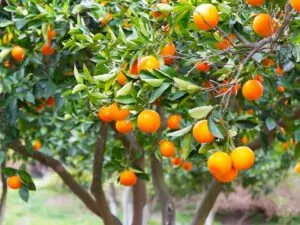
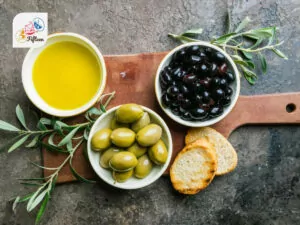
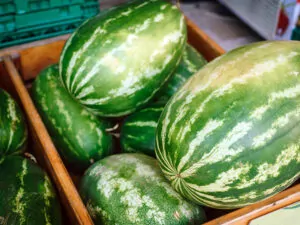
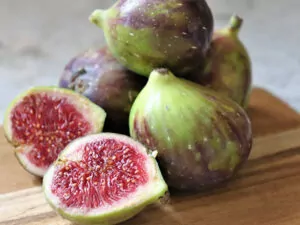
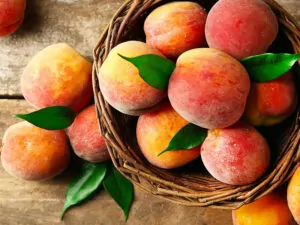
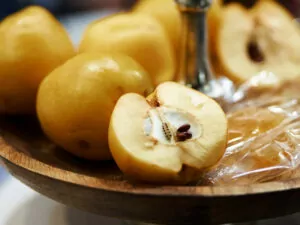
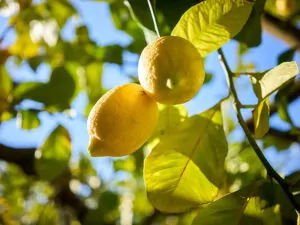
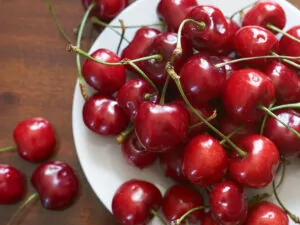

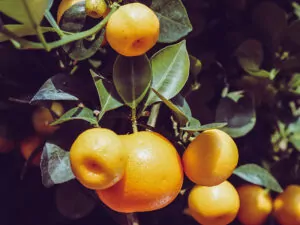
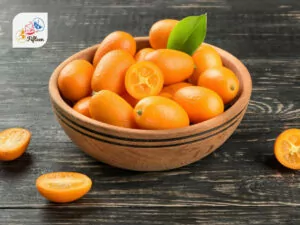
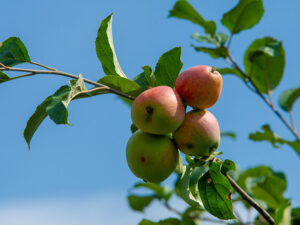
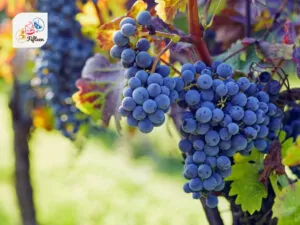
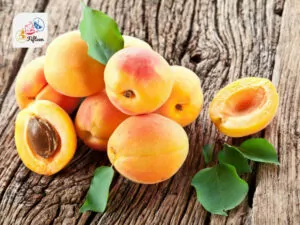
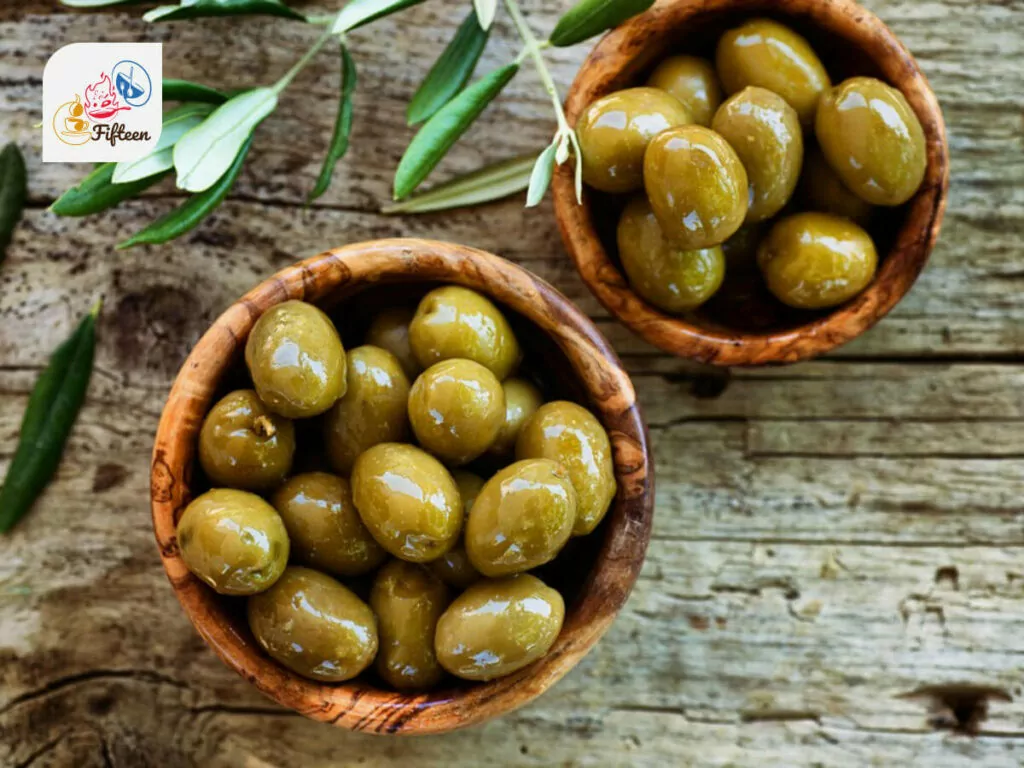


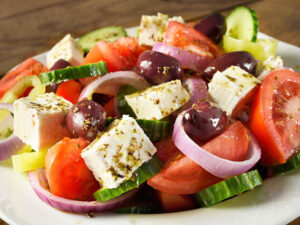
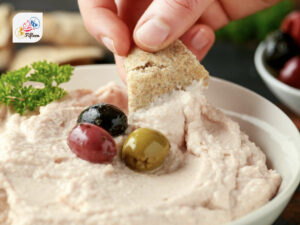





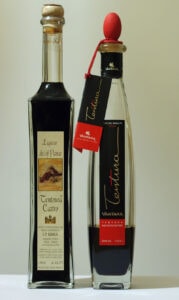
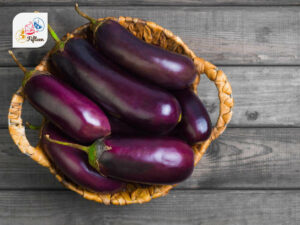
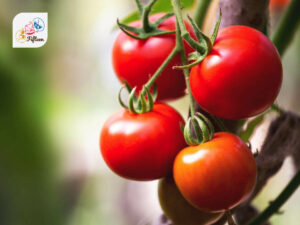
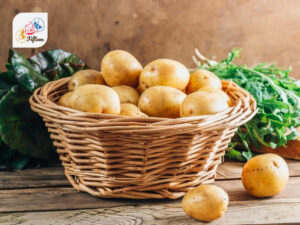
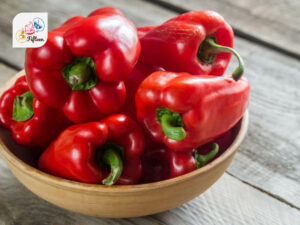

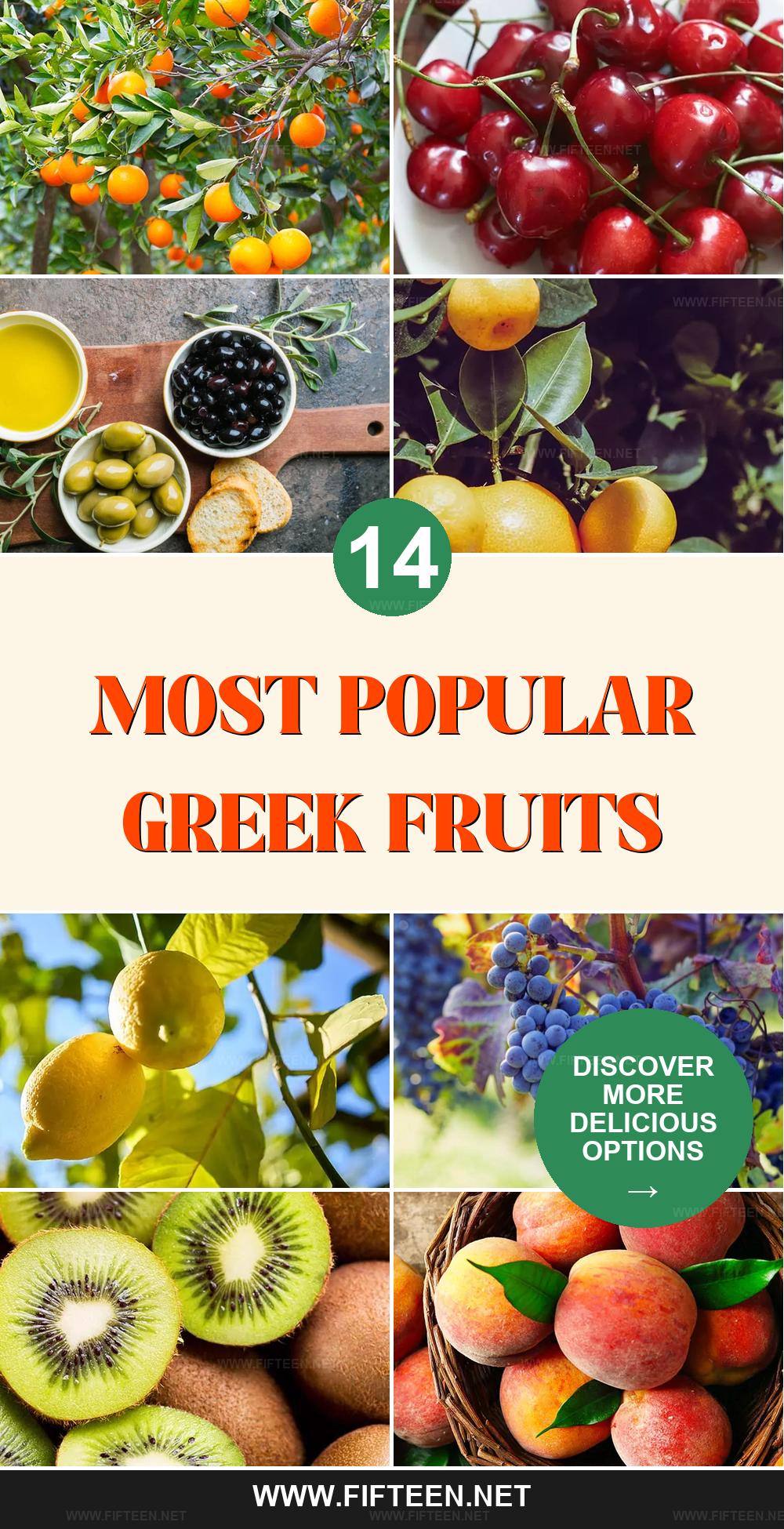
Jamie Scott
Editor in Chief, Senior Content Writer
Expertise
Home Cooking, Meal Planning, Recipe Development, Baking and Pastry, Food Editor, Cooking-video Maker, Western Food Evaluation Expert
Education
Le Cordon Bleu College of Culinary Arts
Local Community College, New York, NY
Jamie Scott is a skilled culinary expert and content creator specializing in Western cuisine. With over 15 years in the culinary field and formal training from Le Cordon Bleu, Paris, Jamie deeply understands how to blend nutrition with delicious flavors. His passion for cooking matches his commitment to making healthy eating accessible and enjoyable.
On Fifteen.net, Jamie brings a fresh perspective to classic dishes and beverages, offering readers insightful recipes, cooking tips, and a fresh view on meal planning that emphasizes taste, health, and simplicity.